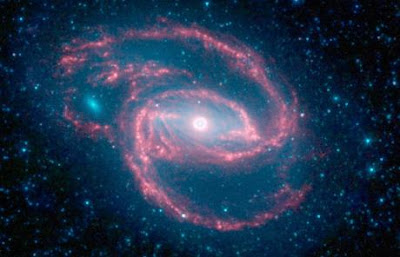Proxima Centauri - The nearest star to our Sun
Every star has what is called a Habitual Zone. This is the distance from a star that receives the right amount of heat to sustain life. Earth is in the habitual zone of the Sun. If Earth was to travel too far away from the sun, it would become too cold to sustain life, but if it drew too close to the sun, the heat would evaporate the oceans. For life (as we know it) to survive, the planet it is on would have to be within the habitual zone of the star it orbits. So far, there have been no planets discovered to be within the habitual zone of Proxima Cantauri. Which means, as of yet, there are no planets known to orbit Proxima Centauri that would be capable of sustaining human life.
Proxima Centauri is 4.24 light years away from the Sun. In other words, if we could travel at the speed of light, it would still take us about 4 years and 3 months to reach Proxima Centauri.
Consider this. Light travels at approximately 186,282.4 miles per second. That is 11,176,944 miles per minute, or 670,616,640 miles per hour! Think about that for a second and let it soak into your mind. If we left the Sun and traveled at the speed of light, in one hour, we will have traveled over 670 million miles. You would have to travel that distance 37,142.4 more times before you reach Proxima Centauri.
Another little thing to think about. In the photo above, the picture of Proxima Centauri is receiving light from the star that took 4.24 years to reach us. To make that easier to understand, if the star known as Proxima Centauri was to explode, we would not see it until over 4 years and 3 months later.
Other stars and their distances....
Rigil Kentaurus = 4.3 light years away.
Barbard's Star = 6.0light years away
Wolf359 = 7.7 light years away.
Luyten 726-8a & 8B = 8.4 light years away.
Sirius (A & B) = 8.6 Light years away.




